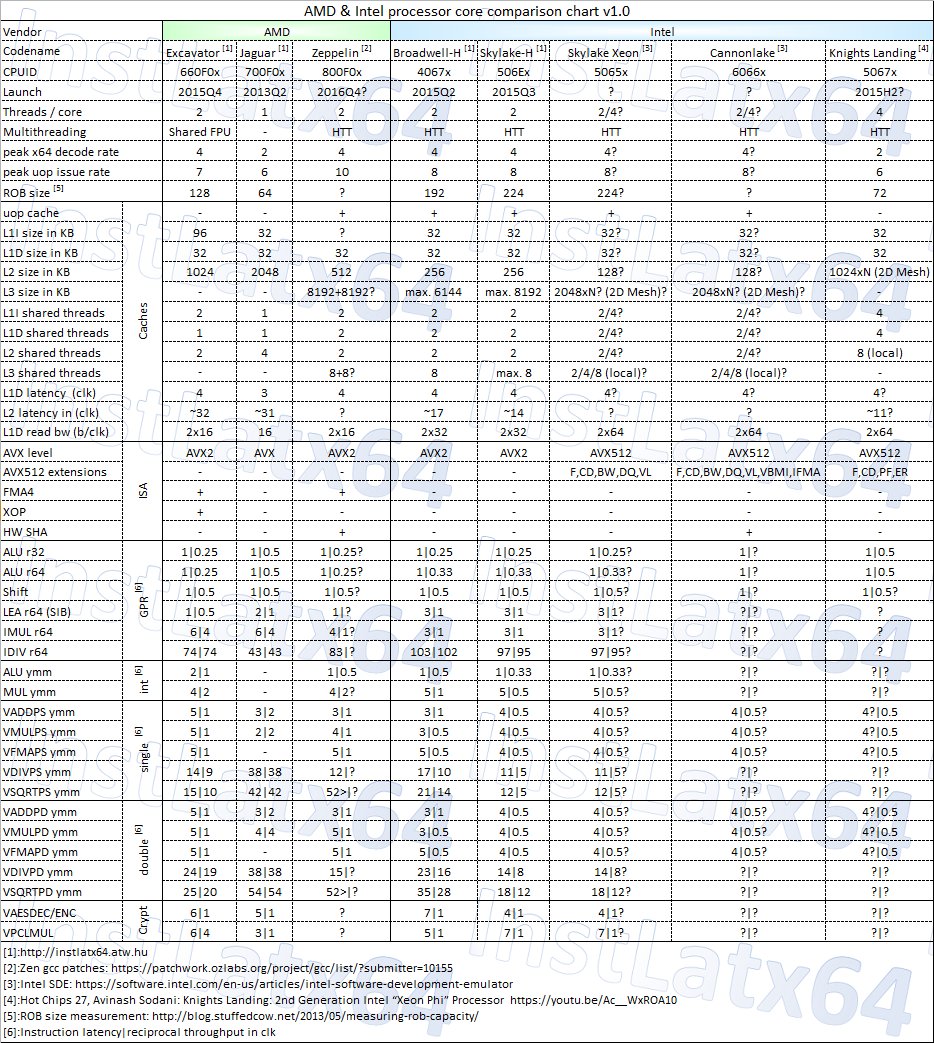As I said, even with a ~ 10% IPC differential between 5820K and 6700K, 6700K still sells like hot cakes. I think too many people here underestimate that many consumers will still choose 4 fastest cores over 6-8 slower ones.
Sure, the i7-5820K is only about $25 more expensive than the i7-6700K, but don't forget the total platform cost. You'll be spending about $100 more for a good X99 motherboard than for a Z170 motherboard of equal quality. Plus you've got to buy a quad-channel RAM kit instead of dual-channel. So you're actually paying about $150 more out-of-pocket for worse single-thread performance. Yes, that can be a tough sell, especially for gamers.
But if it's 95W TDP with dual-channel RAM, Zen will probably have platform costs closer to Intel's mainstream chipset. And AMD can set the price level at a manner which will be competitive with Intel's offerings. The problem with current AM3+ CPUs is that they are uncompetitive in every way: single-thread performance is way down in the dumps, multi-thread performance on 4M/8T still can't match Intel's modern mainstream i5 quad-cores, power consumption is way too high, and the platform is grossly outdated. Even if Zen's IPC is only on par with Sandy Bridge, it will fix these issues. Empirically, Sandy Bridge single-thread performance is good enough for quite a few users, including gamers; there are still a bunch of people with legacy i5-2500Ks, and even some who are using old surplus hex-core Nehalem Xeons with overclocks. Zen should also have competitive performance-per-watt due to the new architecture and 14nm FinFET process, and it will come on a modern platform with the bells and whistles people expect these days. That means that AMD will have a salable product; it's just a matter of finding the right price point. Offering quad-cores at the i3 price point, and octo-cores at the (mainstream) i7 price point, could do the trick.





